Stop Buying Feelings: A Deep Dive Into Emotional Spending
We all have cart full of items we never use, which makes us question our choices when we see the bills. For being better at shopping and stop emotional spending let’s analyze what and where we mistake. of things we don’t use in future, for me the $76 Candle That Started It All, I didn’t need another candle. I already had four. All half-used. All smelling vaguely of “Sandalwood Noir” or “Whispering Rain.” But there I was at 11:48 p.m., holding my phone like it held the answers to my emotional void, about to hit add to cart on a candle that cost more than my monthly Spotify subscription.
Why? Because I’d had a rough day. Because the candle was beige and minimalist and came in a box that looked like it had been blessed by Gwyneth Paltrow herself.
Because — and I didn’t realize it at the time — I wasn’t shopping for a candle.
I was shopping for comfort.
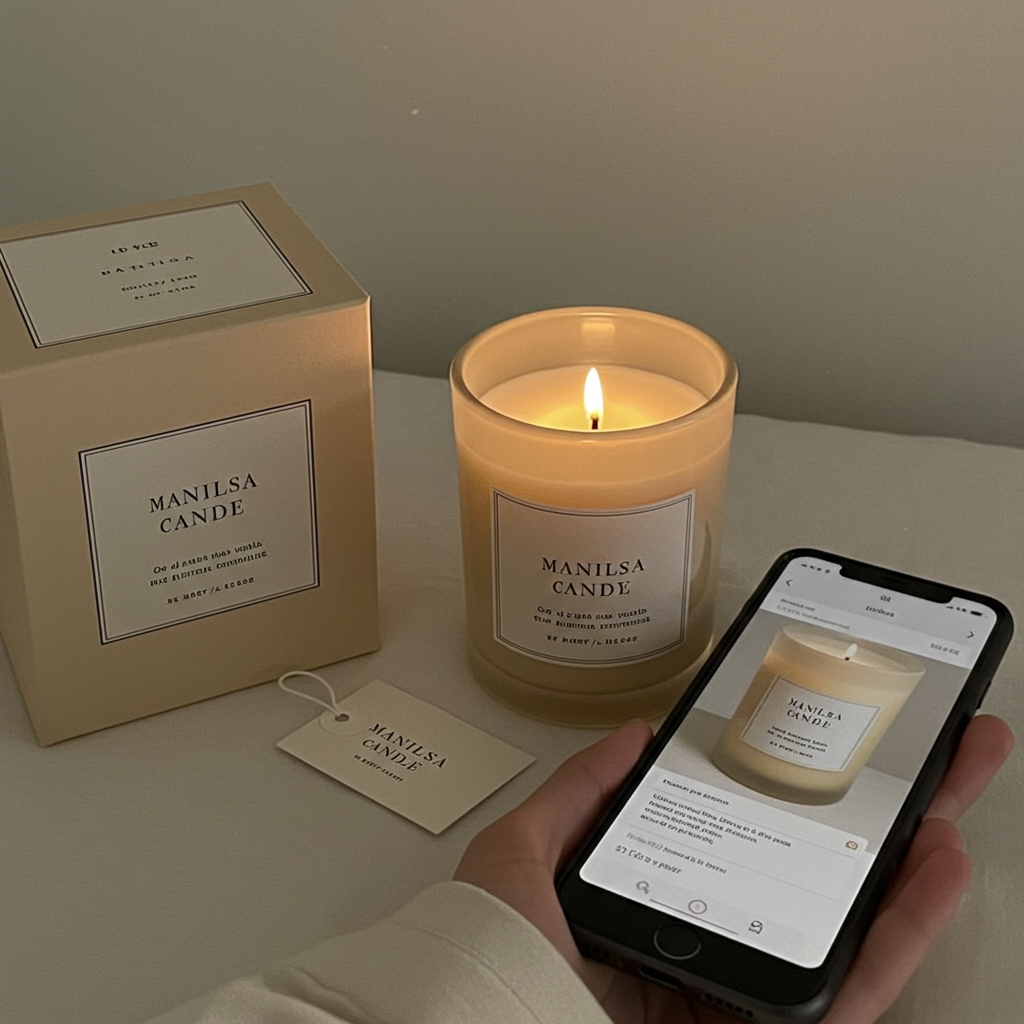
Emotional Spending Is the New Self-Care (Sort Of)
You know the feeling.
A stressful workday. An awkward text. A weird spiral about your life’s direction after watching one too many TikToks where someone renovated their entire kitchen in a weekend. Suddenly you’re buying:
-
A new face mask
-
A silk pillowcase
-
Five different kinds of collagen
-
A water bottle that promises to fix your personality
And somewhere deep down, you know you don’t need any of it. But you also know… it helps. At least temporarily.
Welcome to emotional spending in the age of hyper-curated internet lifestyles.
The Rise of “Add to Cart” Therapy
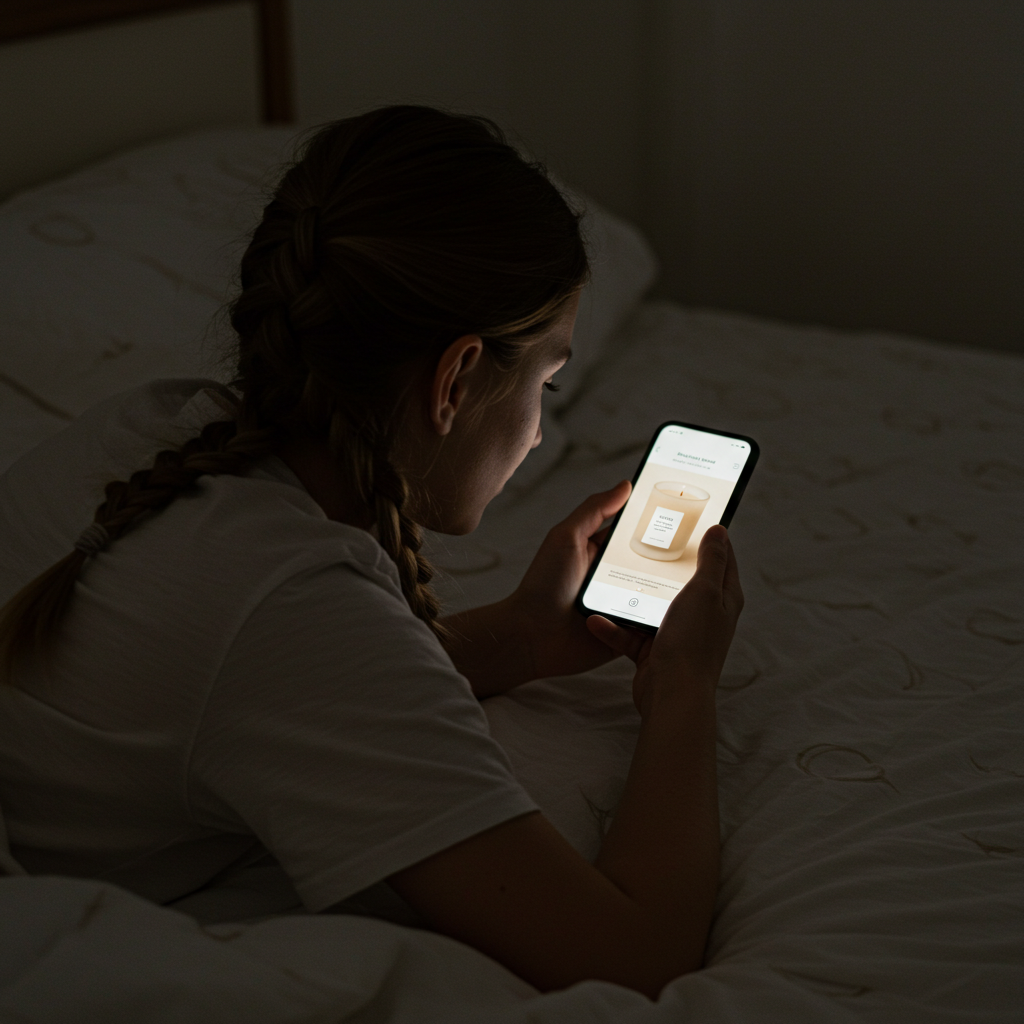
Let’s be real: our generation’s version of retail therapy doesn’t happen in malls anymore. It happens while lying in bed, wearing sweatpants, phone inches from face, getting served perfectly targeted ads between videos of people making aesthetic green juices.
You’re not buying a product.
You’re buying a mood. A life. An identity.
That neutral-toned loungewear set? It’s not just comfy. It’s the idea of being someone who has their life together.
That productivity planner? It’s not for your schedule. It’s for the version of you who wakes up at 6 a.m. and drinks matcha.
That viral ice roller? It’s not about de-puffing. It’s about the fantasy of being the kind of person who ice rolls their face while listening to wellness podcasts.
We’re not shopping for what we need.
We’re shopping for who we want to be.
The Aesthetic Olympics
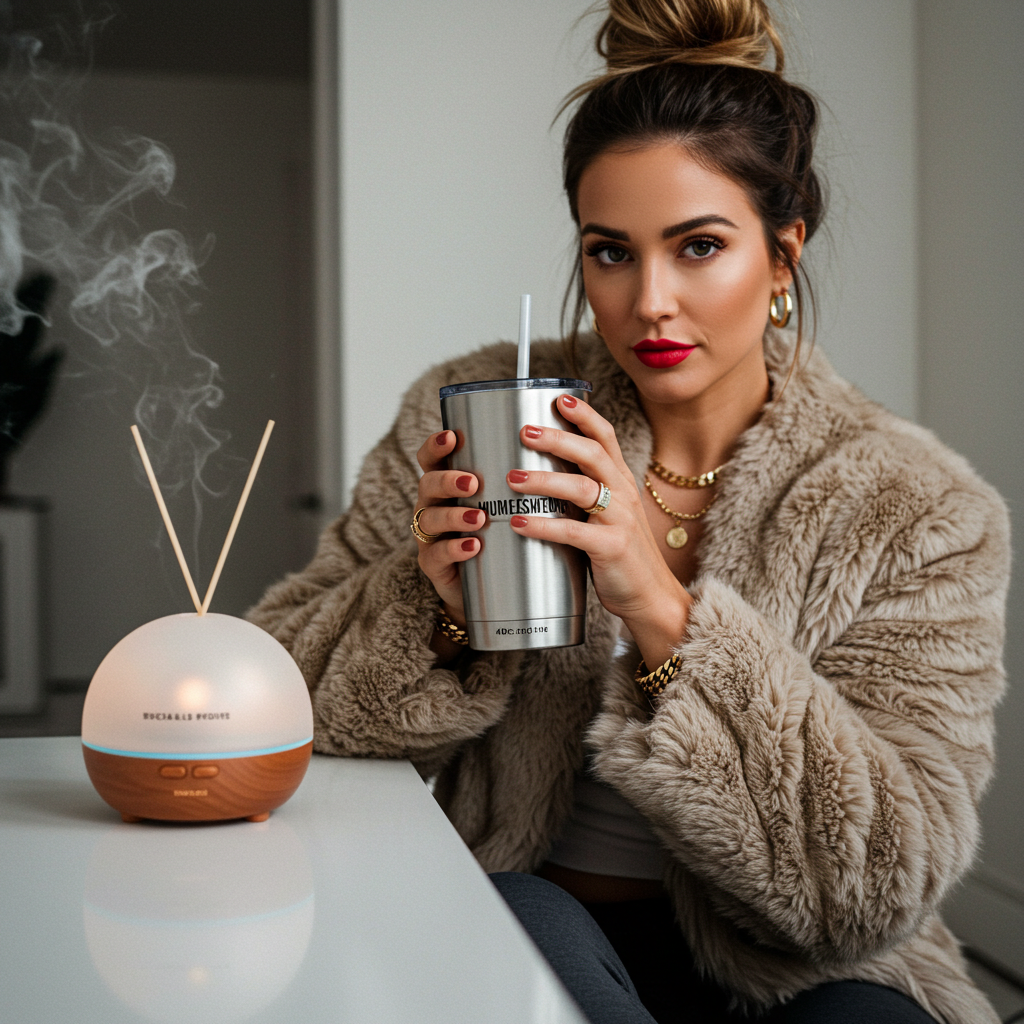
Every day, we’re shown hundreds — if not thousands — of curated mini-aesthetics that scream: “If you buy these things, you’ll feel this way.”
Want to be cozy and soft? Get the Cottagecore starter pack:
Woven baskets, puff-sleeve dresses, beeswax candles, a ceramic mug made by someone named Fern.
Want to be powerful? You need Mob Wife Energy:
Fur coat, chunky gold jewelry, red lipstick that doesn’t smudge when you yell.
Want to be unbothered and hydrated? You’re gonna need:
A 40-ounce tumbler, yoga pants, a messy bun, and a diffuser that puffs eucalyptus while you answer emails.
Our online carts have turned into personality moodboards. And emotional spending is just us chasing those vibes with our debit cards.
The Science-y Side (Because, Yes, There’s One)
According to actual psychologists (not just that girl on TikTok who starts every video with “I’m not a therapist but”), emotional spending is real — and common.
Stress, anxiety, boredom, or sadness can trigger the brain’s reward center.
Buying things, even small ones, gives us a dopamine hit.
And getting a package? Another hit. It’s like happiness… in a cardboard box.
But here’s the kicker: that high doesn’t last.
And when it fades, you’re left with a drawer full of serums, an unused bullet journal, and a “self-care” credit card balance.
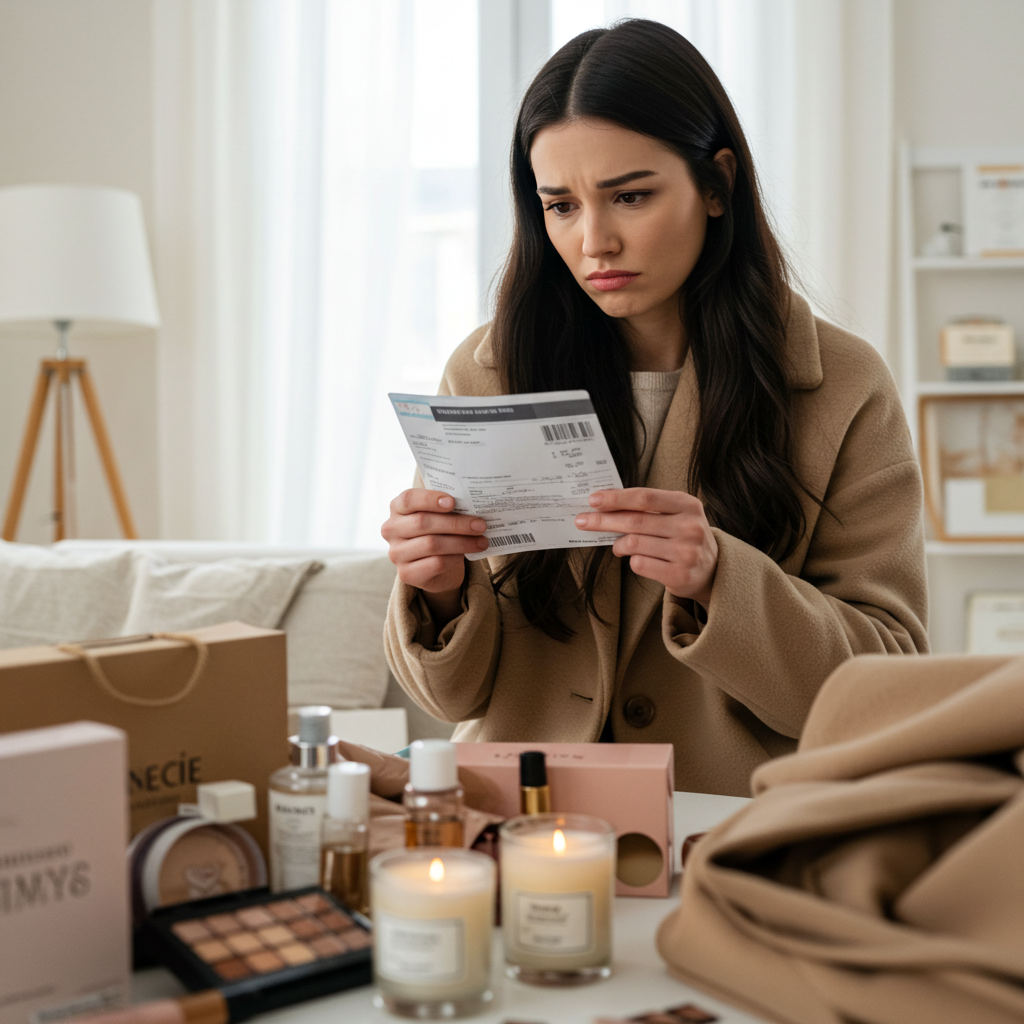
But Is It Always Bad?
Surprisingly… no.
Let’s not pretend we’re robots. Shopping can be emotional. And sometimes, it’s not about the item — it’s about the ritual.
Lighting a candle can signal the end of a stressful day.
Wearing new pajamas can make you feel nurtured.
Buying yourself flowers can be a power move.
It only becomes a problem when:
-
You’re constantly chasing feelings you can’t buy
-
You’re avoiding bigger emotional issues
-
You’re spending money you don’t have for a version of happiness that never arrives
So no, you’re not a failure for impulse-buying a pastel blender.
But it’s worth asking: What was I really shopping for that day?
The Cart Audit Challenge
Here’s something I did that was both horrifying and eye-opening.
I opened my Amazon, Sephora, and Target carts and tried to match each item to a feeling I was chasing.
Example:
-
Weighted blanket = “I want to feel safe”
-
New journal = “I feel stuck and need a reset”
-
Third pair of slippers = “I’m tired of feeling unmotivated at home”
Suddenly, my cart wasn’t random. It was a diary.
Try it. You’ll learn a lot about your emotional state — and possibly cancel half your orders.
How to Still Shop… and Stop Emotional Spending
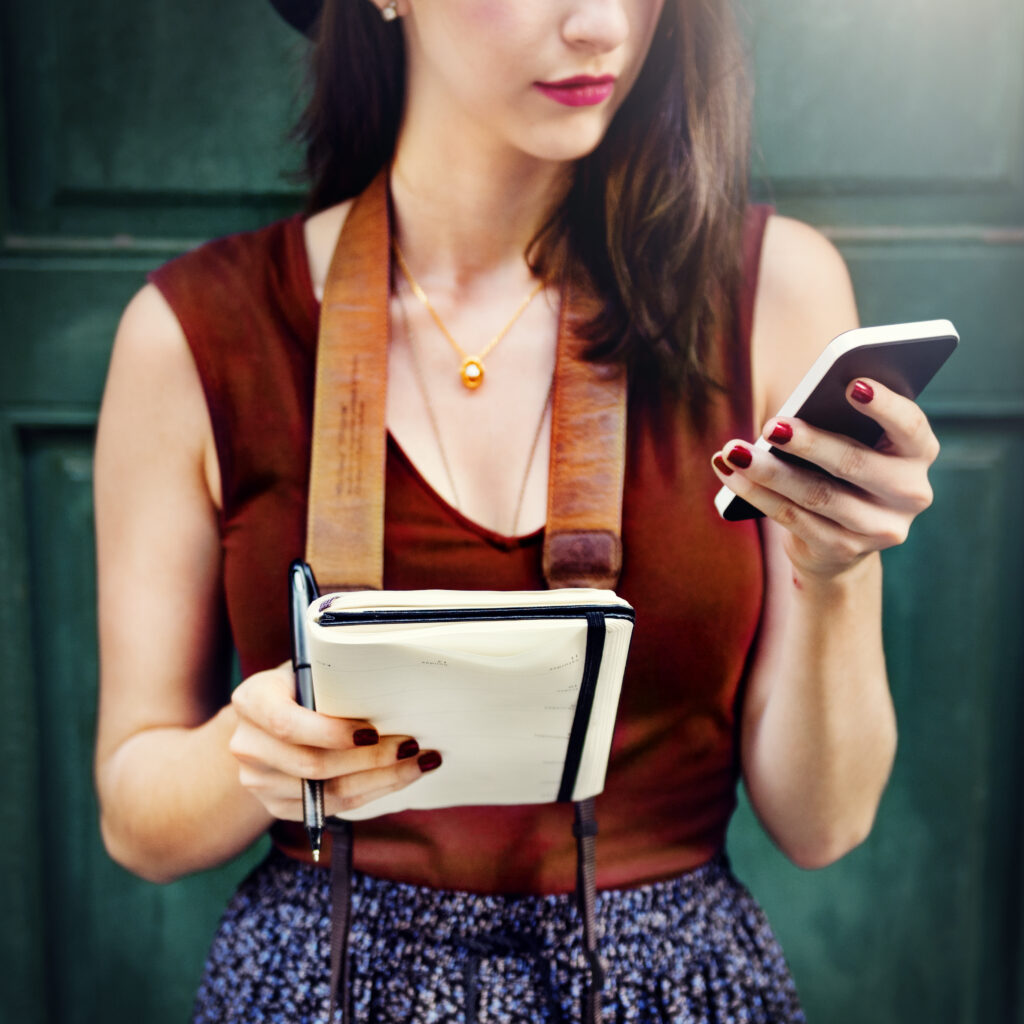
This isn’t about never buying things again.
It’s about shopping on purpose instead of impulse.
Here’s what’s helped me:
-
Pause before purchase. Ask: Am I bored? Sad? Avoiding something?
-
Create a “Feel-Good List” that isn’t shopping: walks, music, Facetime with a friend
-
Give it 24 hours. If I still want it the next day, it might be more than a mood
-
Put aesthetics in perspective. Just because someone’s house looks perfect on Reels doesn’t mean their life is
And the wildest tip of all: sometimes, I just go sit in the candle aisle, sniff everything, and leave without buying. Revolutionary, I know.
Final Thoughts: Shopping Won’t Save You (But It Can Be Fun)
I still buy candles. I still impulse-add-to-cart when I’ve had a day. But now, I’m a little more aware of why.
Because in a world that constantly tells us we’re not enough — not thin enough, not productive enough, not glowy enough — emotional spending feels like a way to control the chaos.
But real comfort doesn’t come from 2-day shipping.
It comes from being kind to yourself. Especially when you didn’t hit all your goals, or your to-do list is a disaster, or your mood is somewhere between meh and full-blown meltdown.
So next time your finger hovers over “Place Order,” just ask:
Am I shopping for a product… or a feeling?
And if the answer is “feeling” that’s okay. Just make sure it’s one worth keeping.
Explore more shopping posts here



